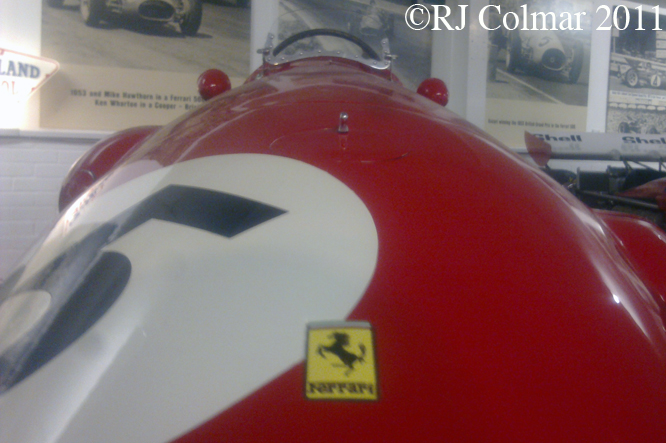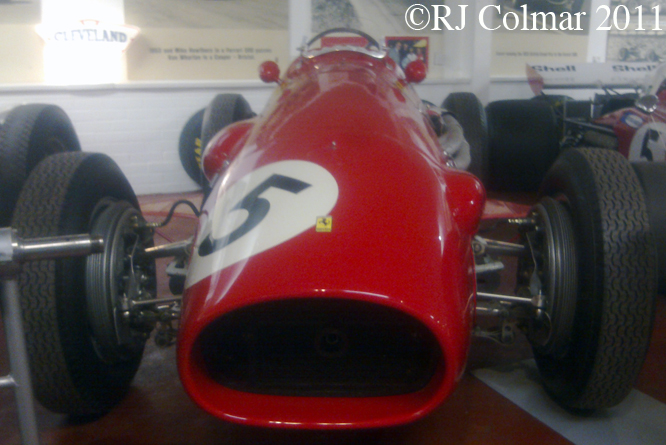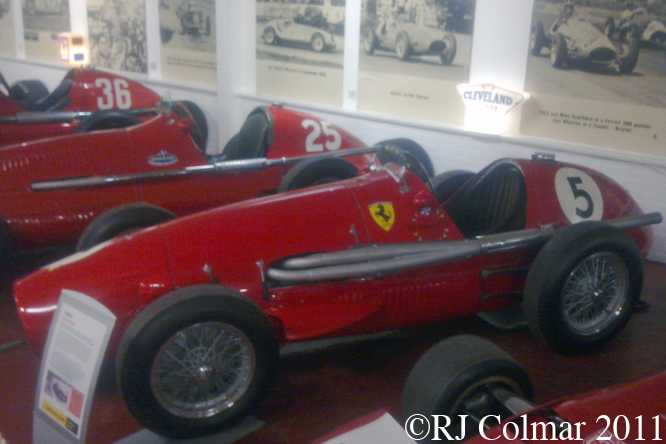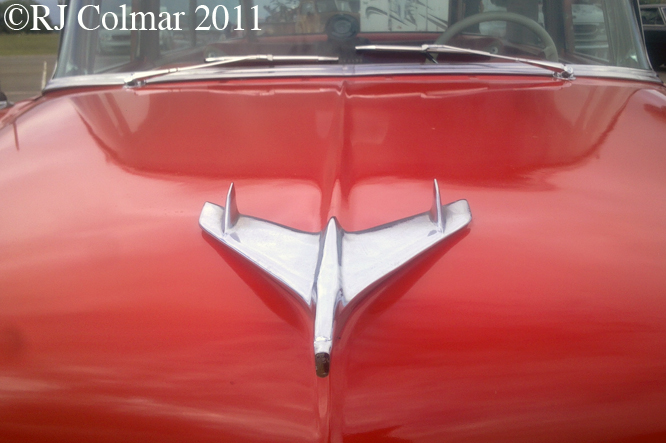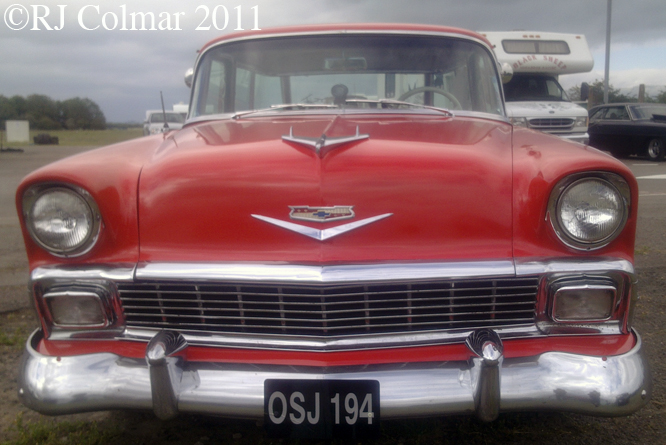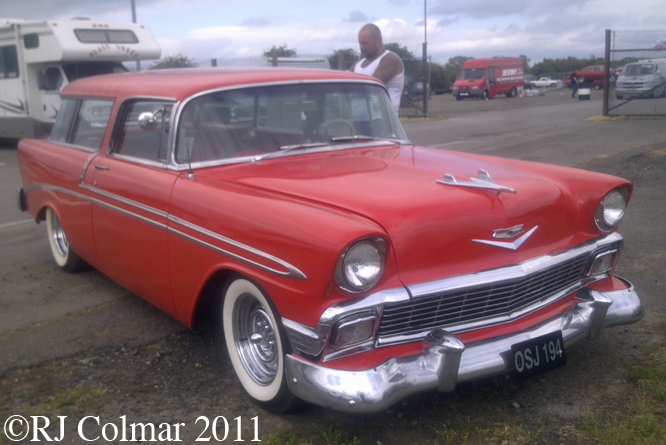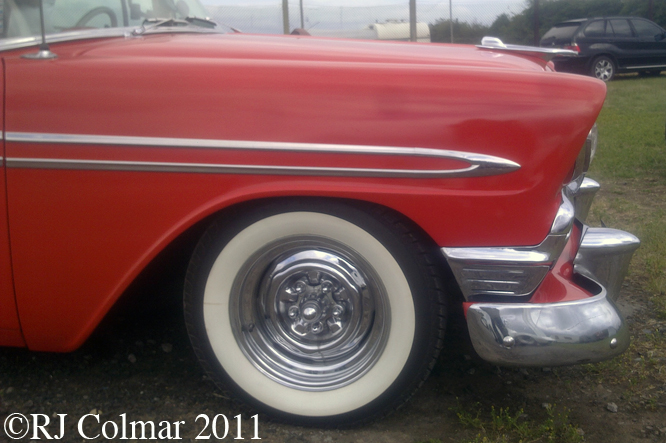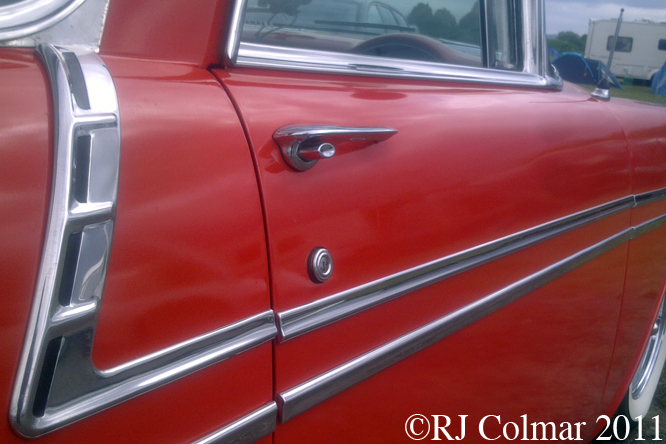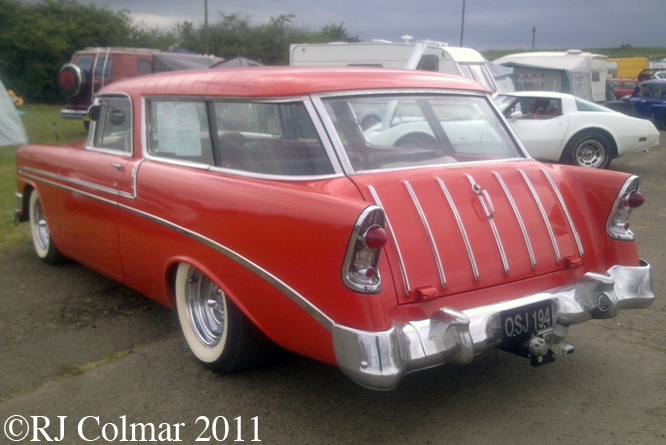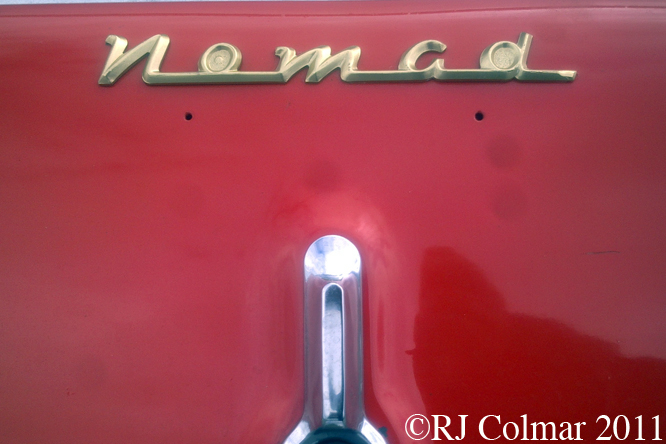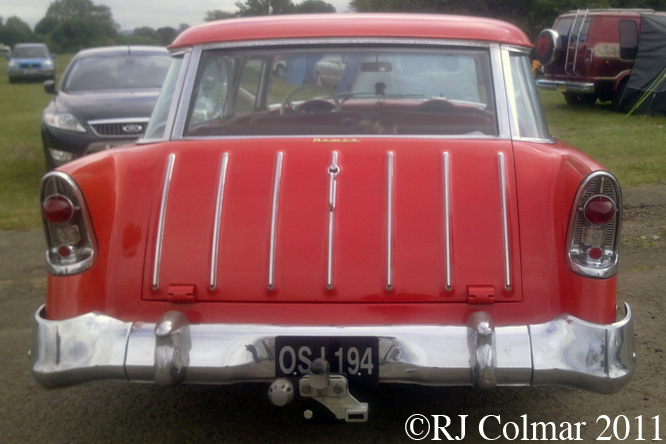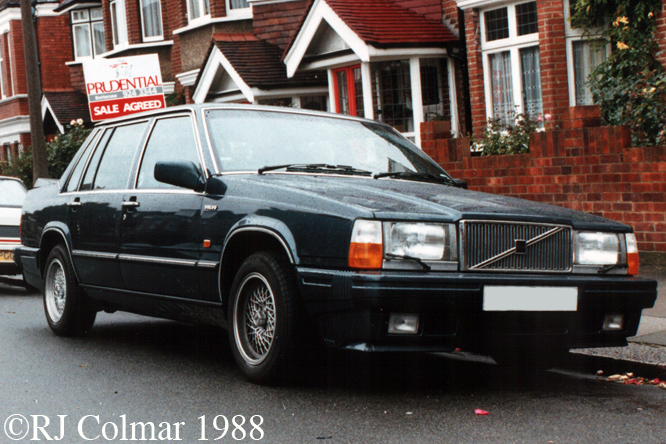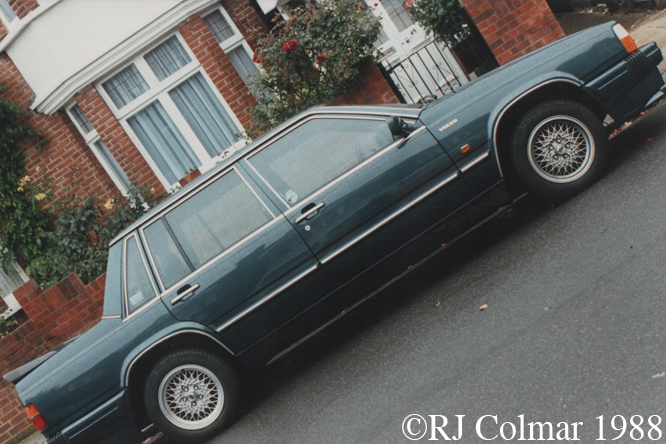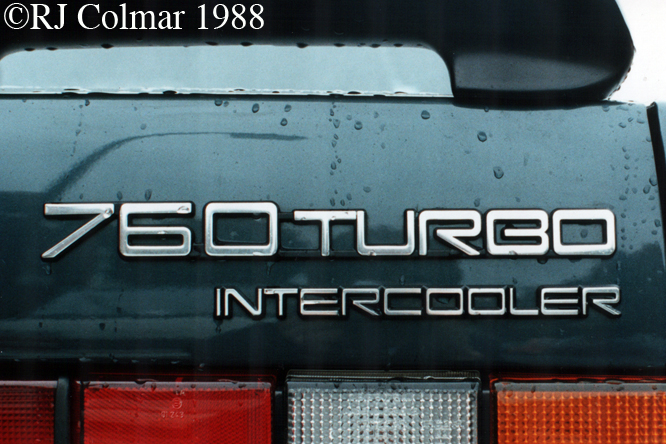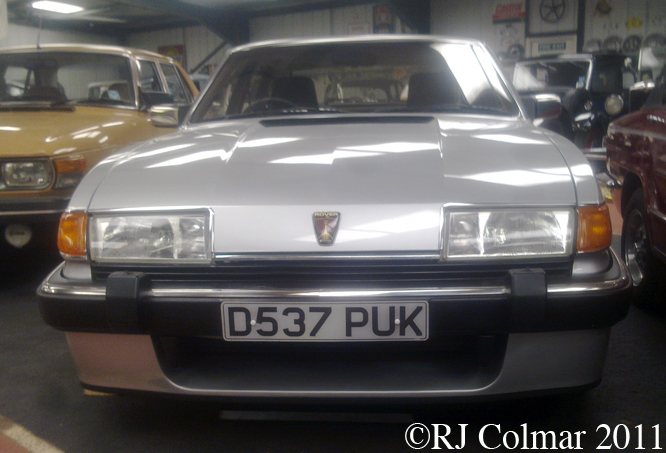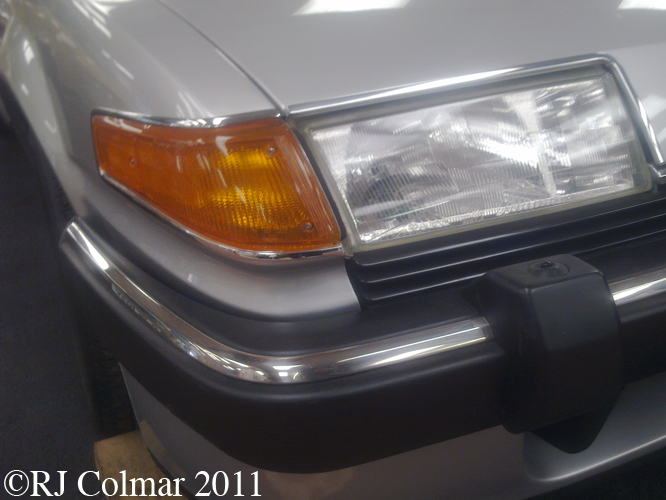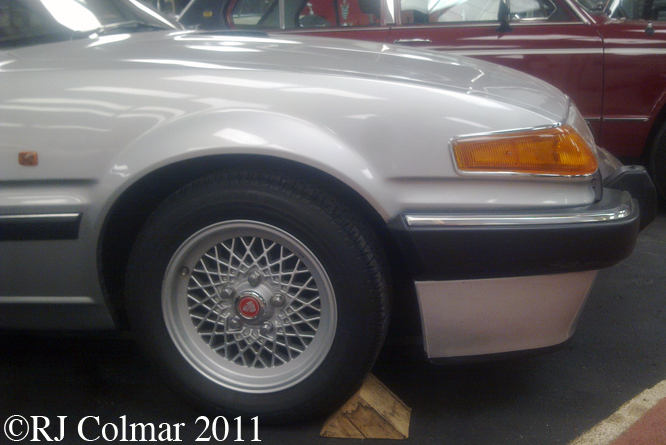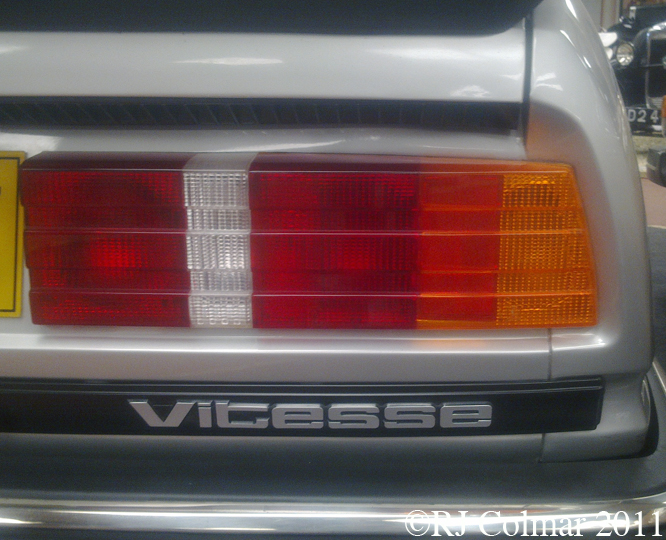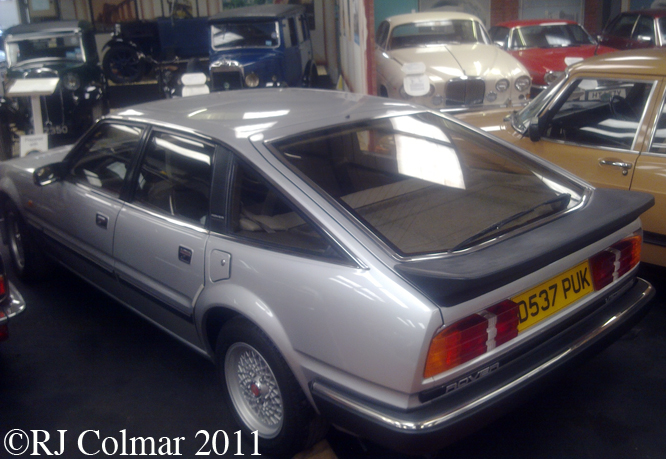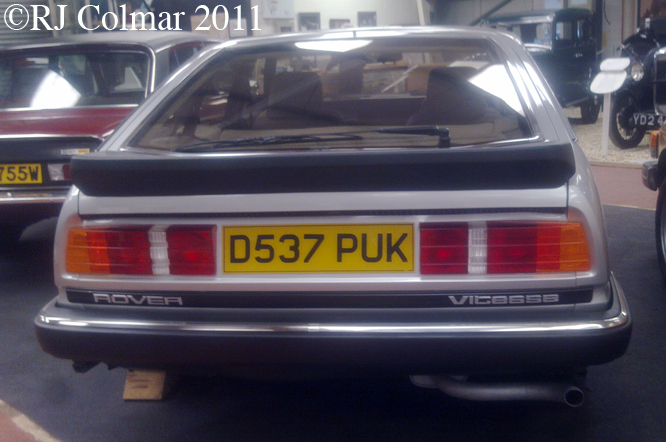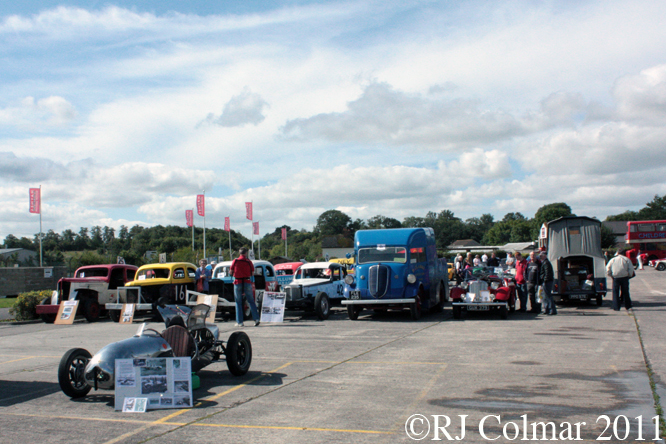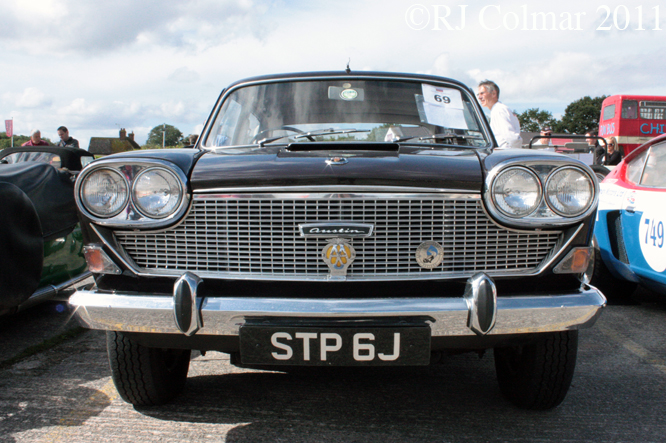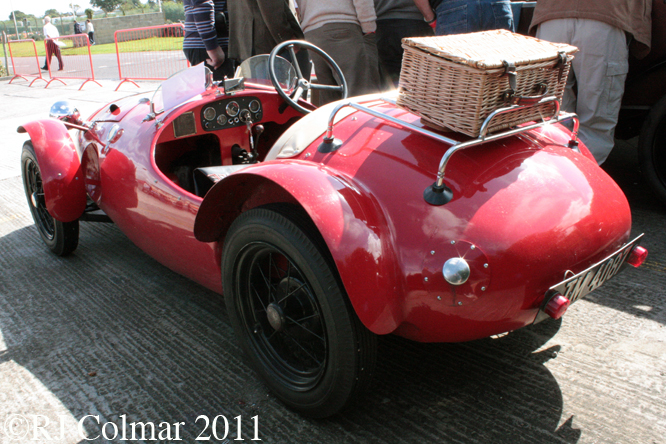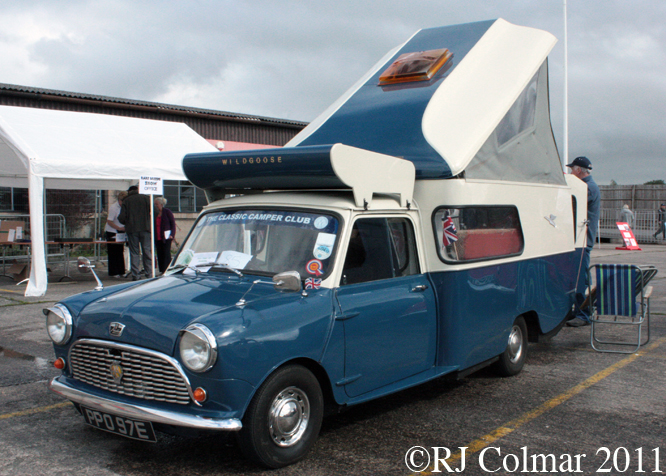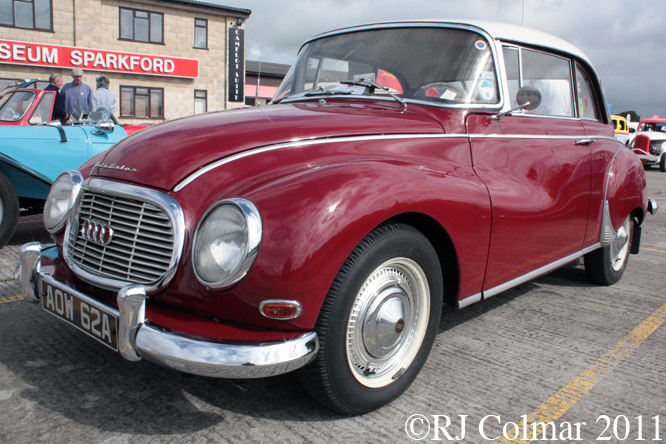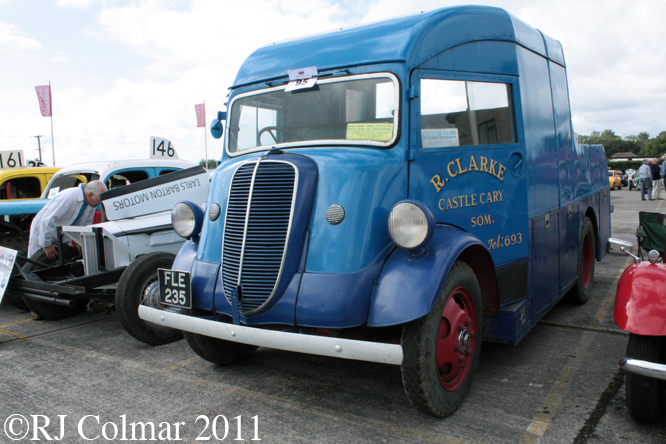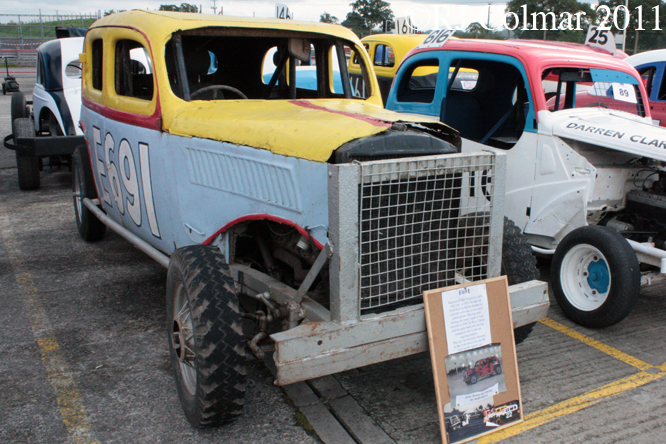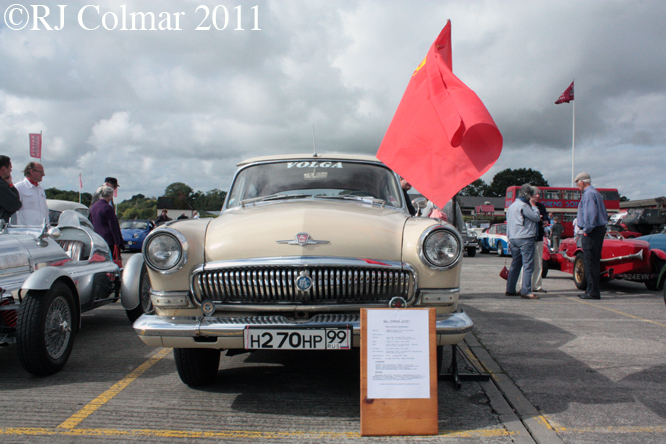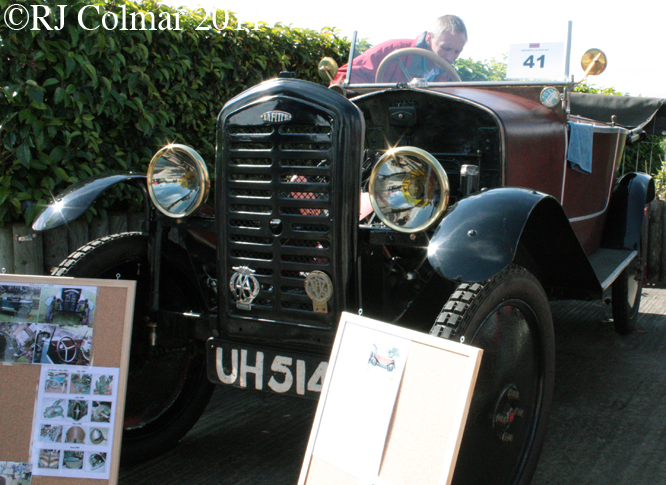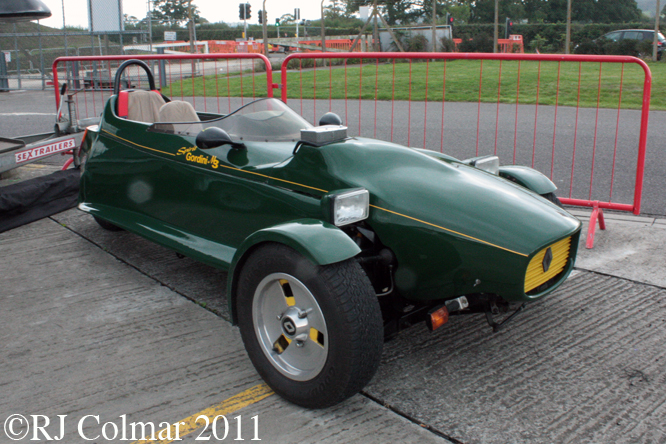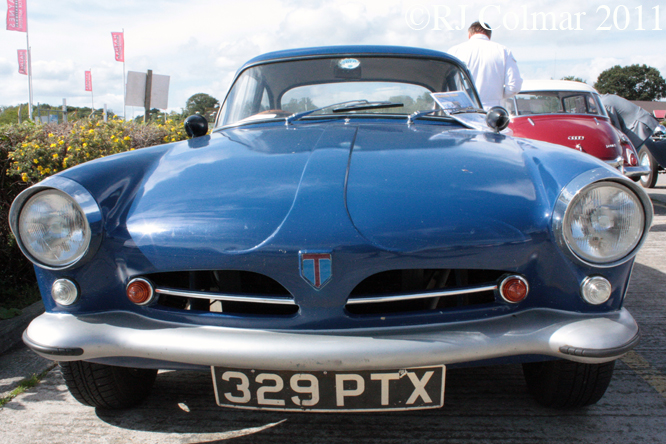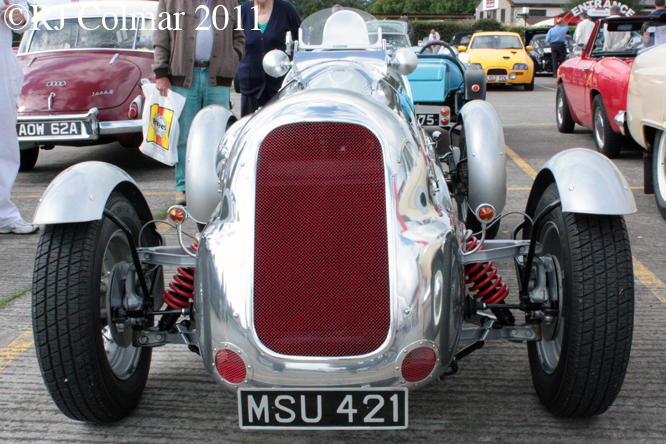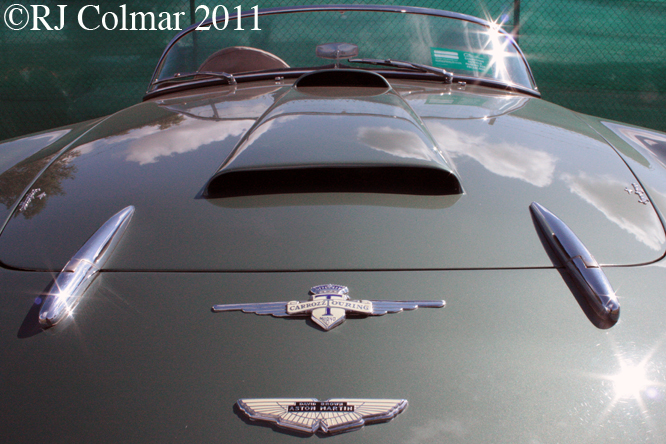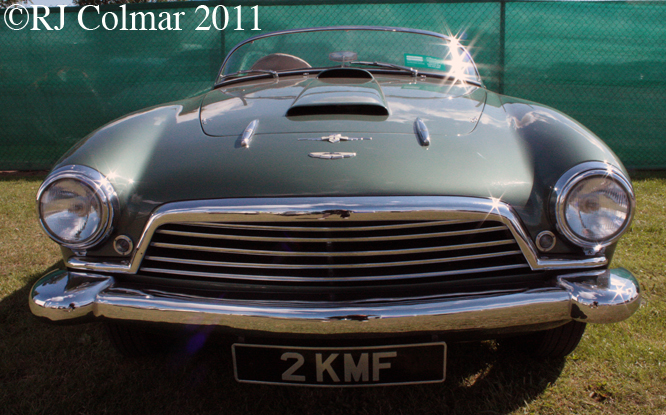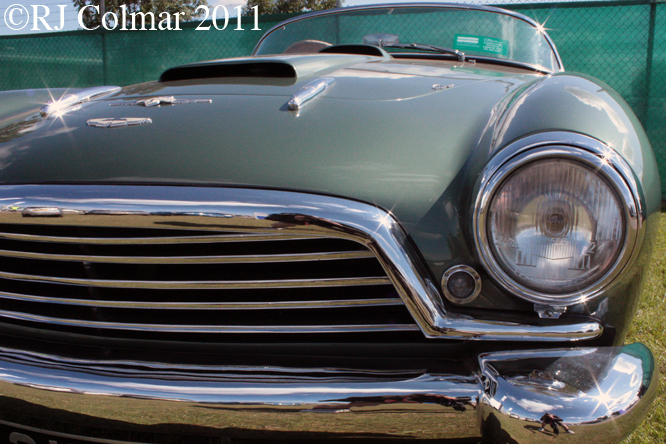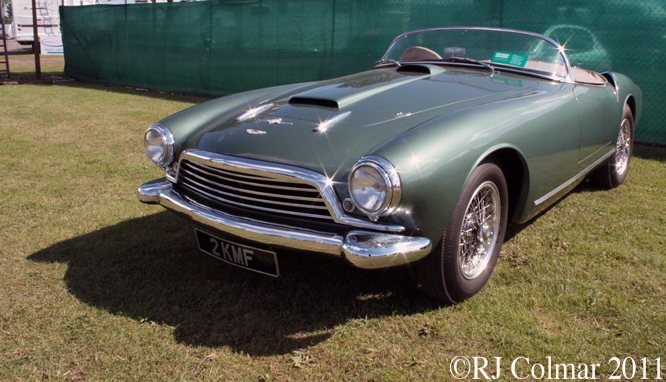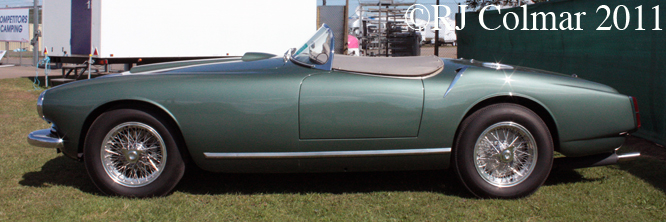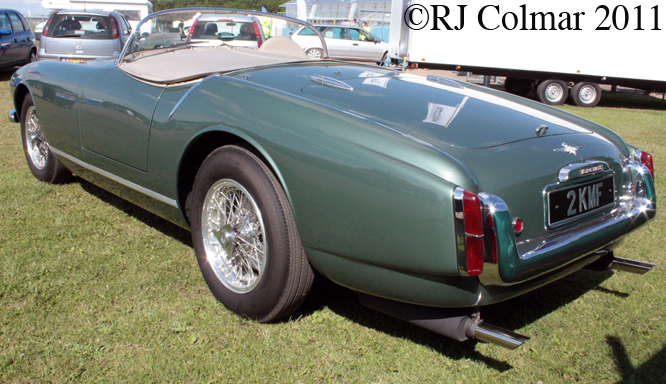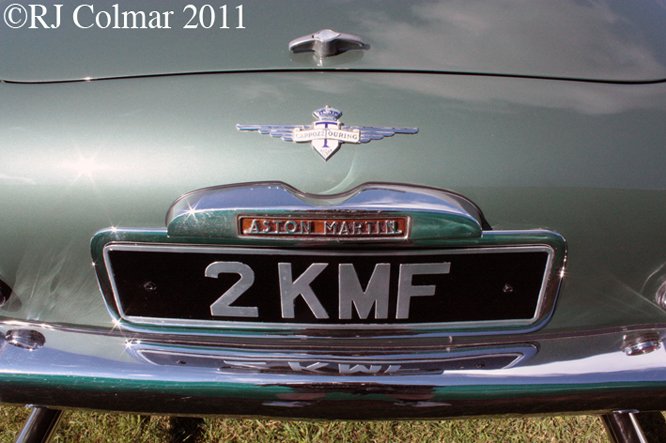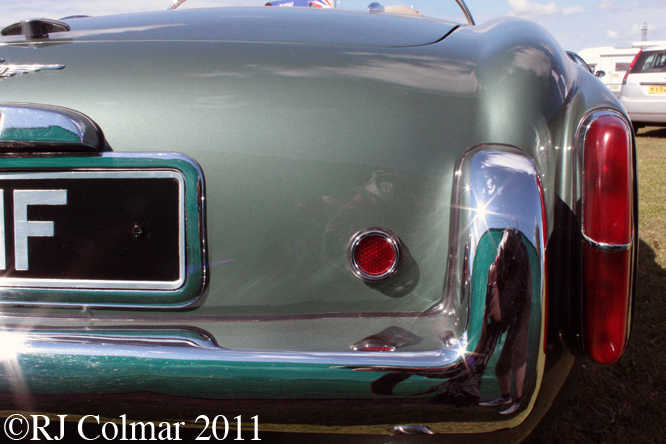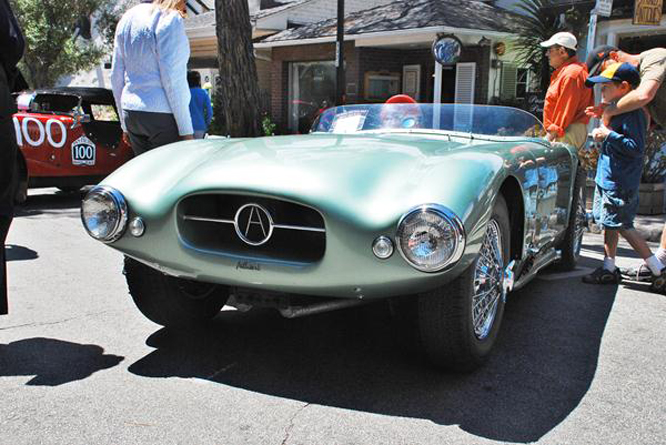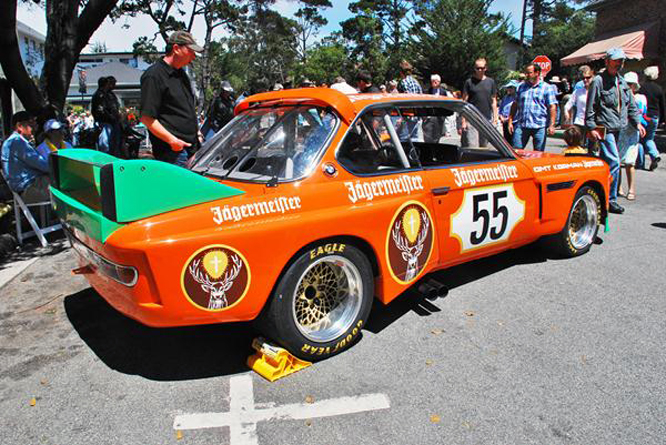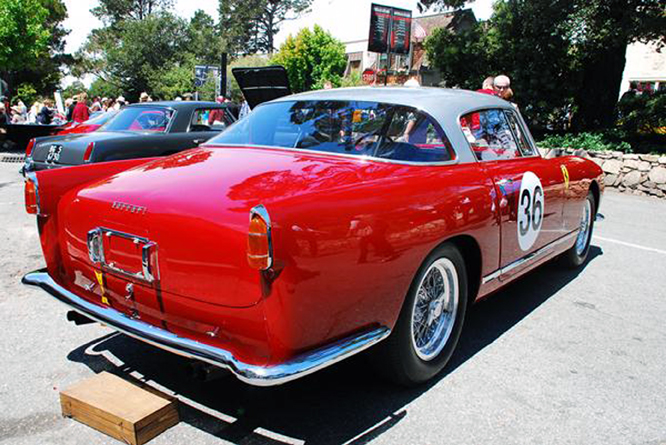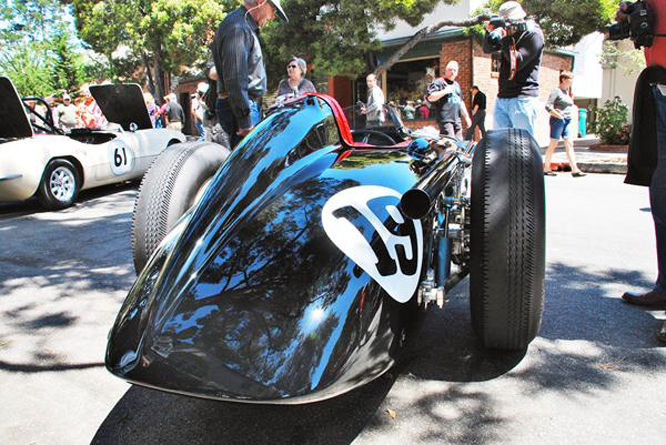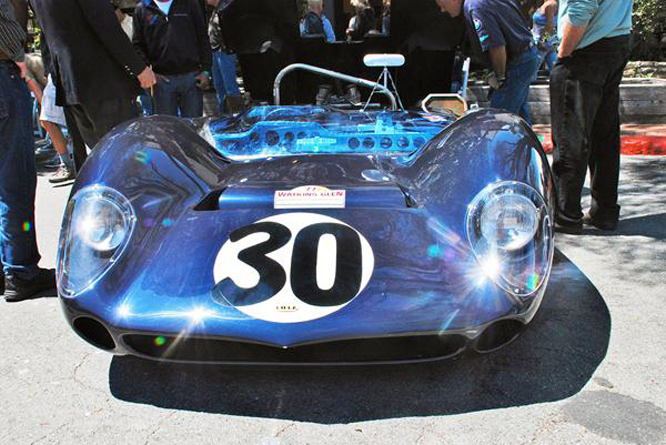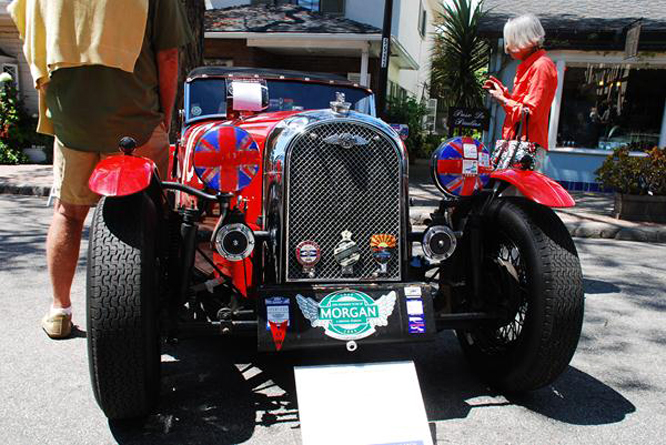In 1951 there was a close fought contest for the World Drivers Championship between the Alfa Romeo drivers in old pre war 1.5 litre / 91.5 cui supercharged cars and Ferrari drivers in new 4.5 litre / 274.5 cui normally aspirated cars. Juan Manuel Fangio won the title but a run of three straight victories by Ferrari drivers González and Ascari was enough to convince Alfa Romeo that they could not hope to be so competitive with their old cars and so with no money to fund the building and development of new machines they quit Grand Prix racing as two time champions.
Alfa Romeo’s withdrawal left the FIA, organisers of World Championship Grand Prix Racing, with a shortage of entrants for the 1952 season only the up and coming Ferrari and brand new BRM team, who had built a beautiful sounding, but hideously complicated and unreliable 1.5 litre 91.5 cui supercharged V16 vehicle being prepared to enter events run to the existent formula one regulations.
The FIA decided that they would run the 1952 and 1953 World Championship for cars built to Formula 2 regulations with normally aspirated 2 litre / 122 cui engines while new formula one regulations would be introduced in 1954. Ferrari had all the bases covered for 1952 as he had coincidentally just instructed Aurelio Lamperdi to design a 4 cylinder 2 litre / 122 cui engine that was powerful and extremely efficient.
For 1952 Ferrari built six type ‘500’ Formula 2 Cars cars to compete in the World Championship and they won all of seven races into which they were entered missing the Indy 500, run to different regulations in which Alberto Ascari competed with a Ferrari 375.
On his return from the 1952 Indy 500 Alberto Ascari won the six remaining World Championship races with the car, seen here at Donington Park, on his way to capturing the 1952 World Championship. Ascari retained the title using the same chassis in 1953 with another 5 victories.
The Ferrari ‘500’ design is one of the most successful of all time only the McLaren MP4/4 which won 15 races out of 16 in 1988 as against 7 out of 8 eligible events in 1952 for the ‘500’ is statistically more successful, though it could be argued that since the Indy 500 was not run to the same regulations as the rest of the 1952 World Championship the Ferrari ‘500’ has a 100 % winning record for the 1952 season.
This particular #005 chassis won an unequalled 7 straight World Championship Grand Prix races from 1952 to 1953, and 9 straight world championship races entered again the 1953 Indy 500 counted as a World Championship Grand Prix in 1953, and is credited with a total of 11 World Championship Grand Prix wins in total. As the highly regarded Doug Nye says of chassis #005 “Possibly the most successful chassis in Grand Prix history.”
The 4 cylinder engine went on to have a hugely successful career in sports car racing when installed in the 500 Mondial and 500 Testa Rossa’s.
Thanks for joining me on this Ferrari Friday edition of ‘Gettin’ a lil’ psycho on tyres, I hope you will join me again tomorrow. Don’t forget to come back now !

